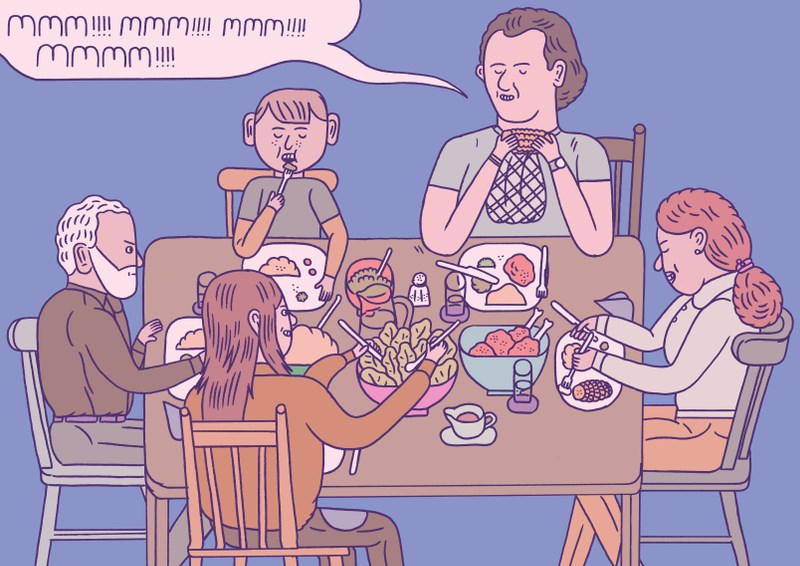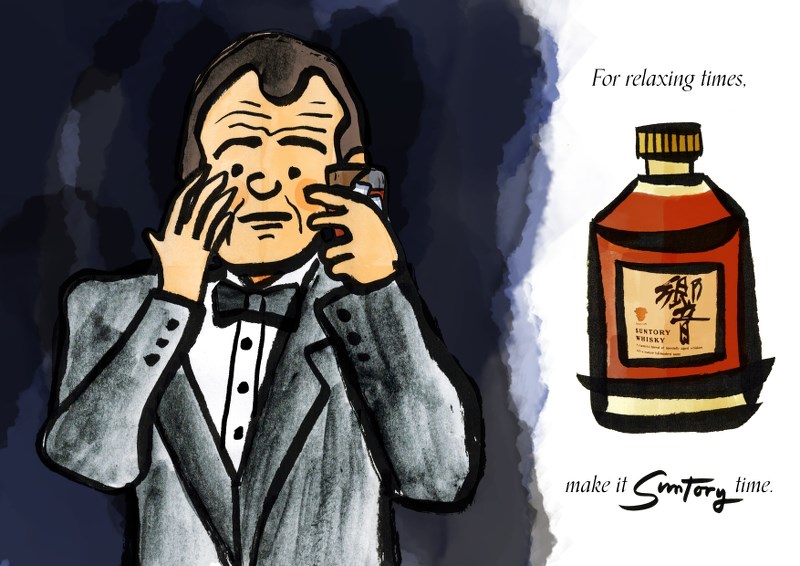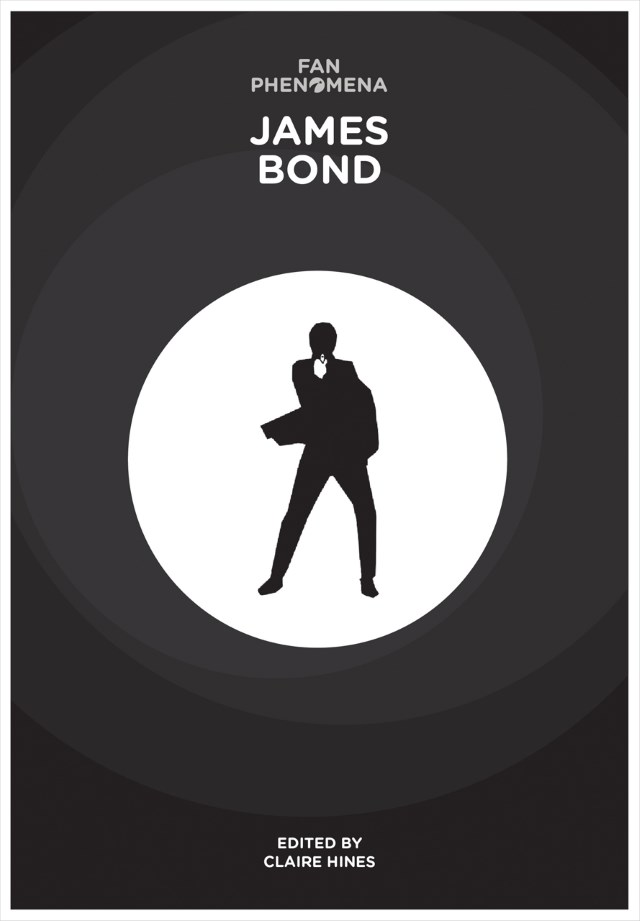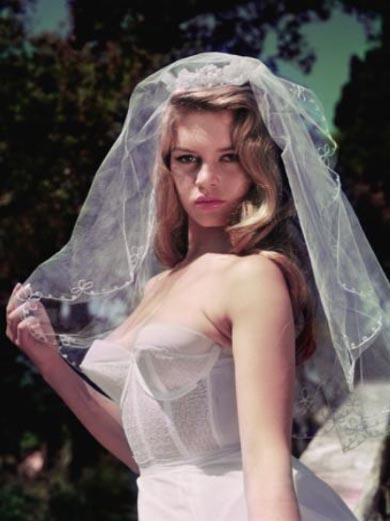In the year of a new James Bond movie, many books emerge. Invariably, there’ll be one on the films themselves, taking readers through the 50-plus years of the Eon Productions’ series, and, if it’s very comprehensive, the 1950s CBS TV version of Casino Royale, the 1967 spoof of the same name, and Never Say Never Again will rate more than a mention. There’ll be something about Ian Fleming, and another book on one aspect of the Bond world (gadgets, stunts, music, or something else). Seasoned Bond fans will think the circus is in town again, because the new book about the films adds little to their existing knowledge.
Claire Hines’s Fan Phenomena: James Bond, from Intellect Books (£15·50, US$22, releasing November 15), is something different altogether: Bond from an academic and completely cultural viewpoint. Intellect is famous for its titles on popular culture and creative practice, with a rigorous academic bent, and Fan Phenomena: James Bond continues the series but takes the reader into the world of Ian Fleming’s super-spy.
Hines serves as editor, and there are 11 very distinct contributions to her volume, dealing with everything from canonicity to 007’s appearance as ‘Ladykiller Jimmy’ in Alan Moore’s comics; Bond as a cult brand and cultural phenomenon to the clothes he wears; from the James Bond films through a feminist viewpoint to analyses of his masculinity and identity. Interspersed between these are four ‘Fan Appreciation’ sections, featuring an interview with über-fan and former Bond novel continuation author Raymond Benson, artist and collector Peter Lorenz, 007 Museum owner James Bond (who had his name legally changed by deed poll) and cross-players CousinCecily and Winter.
Even the most seasoned Bond fan might not have considered the impact of the character, books and films, and the book fulfils a very important role: it gives them something new. William Proctor’s analysis of continuity gets the book off to a healthy start after Hines’s introduction, though typographically it suffers: the type is inexplicably small, though the layout is modern and the visuals help lift things. Getting Raymond Benson in there early on also helps position Fan Phenomena: James Bond as a book for the cognoscenti as well as those who want an academic examination, and Benson reveals a little more behind the scenes of his years as the official continuation author.
Matthew Freeman, in considering the many media in which Bond occupies, including the gaming world, shows just how the phenomenon breaks the established rules and succeeds, while Jesús Jiménez-Varea and Antonio Pineda’s chapter on Moore’s comics is bound to take many fans into uncharted territory. Joshua Wille’s chapter on fan edits does the same: while many know about ABC-TV’s cutting of On Her Majesty’s Secret Service when it aired on US TV, but there are numerous fan edits made in the digital era that had this author hunting the forums.
Artist Peter Lorenz’s Bond film posters are stunning and present a nice visual break before Lucy Bolton’s chapter analysing the phenomenology of Bond. Bolton’s piece is perhaps closest to those Bond “collectable” books that come out with the films as she analysed the films from Dr No to Skyfall, and fans may have their own interpretations of their cultural significance through the years. Editor Hines’s own chapter looks at Bond as cult brand, and is fascinating in her study of the 1960s Eon films. Hines reconciles how cult and mainstream come together with the Bond series, successfully. Lisa Funnell gives Bond a feminist slant and the enjoyment she derives as an assistant professor teaching women’s studies.
Stephanie Jones looks at the Bond lifestyle but primarily through the analysis of one work, The Complete James Bond Lifestyle Seminar, which she reveals is relatively light on Bond references, leading to a less satisfying chapter—though it could hardly be blamed on Jones. Llewella Burton’s chapter on Bond and fashion, and how it became a style through the rise of merchandising as the movies became blockbusters with Goldfinger is punctuated by photos from Galeries Lafayette as it opened a James Bond boutique in 1965, again gold dust for Bond fans. Karen Brooks’s and Lisa Hill’s chapter analyses the new and old masculinities through the three Daniel Craig films of 2006, 2008 and 2012.
Crossplayers CousinCecily and Winter talk about their love of James Bond and Q, leading neatly on the final chapter by Elizabeth J. Nielsen, which deals with Bond’s homoerotic moments and subtexts. She traces them to Fleming himself in the torture scene in Casino Royale, before covering the flirting between Bond and the new Q in Skyfall, which itself has a phenomenon, attracting both women and the LGBTQ community.
This is a volume for the intelligent Bond fan, someone who appreciates learning about the impact of Ian Fleming’s creation. Of course the films are covered more, as it was through them that Bond became a global phenomenon. The reader walks away having been better informed: this is not a Bond book for the light reader who wants reassurance of the facts they already know, but one which gives them something more satisfying to consider.



Top A scene from What About Bob?, by Jon Boam. Centre Lost in Translation, by Grace Danico. Above Lost in Translation, by Henry Kaye.
On a briefer note, but still tied with film, Sugoi Books has released an A5 book called Cook Your Own Food: a Bill Murray Scratch and Sniff, retailing at £6. There are 20 pp., with 10 smells, with some stunning illustrations, with artists reinterpreting key moments from Murray’s films, focusing on his culinary habits. ‘Scratch the smelly pads at the top right and enter the world of Bill Murray,’ the publisher asks, and you are spoiled with scenes from Lost in Translation, Caddyshack, Groundhog Day, What About Bob?, The Life Aquatic with Steve Zissou and others. For £6, the illustrations are so good it doesn’t even matter if you have a poor sense of smell.—Jack Yan, Publisher









